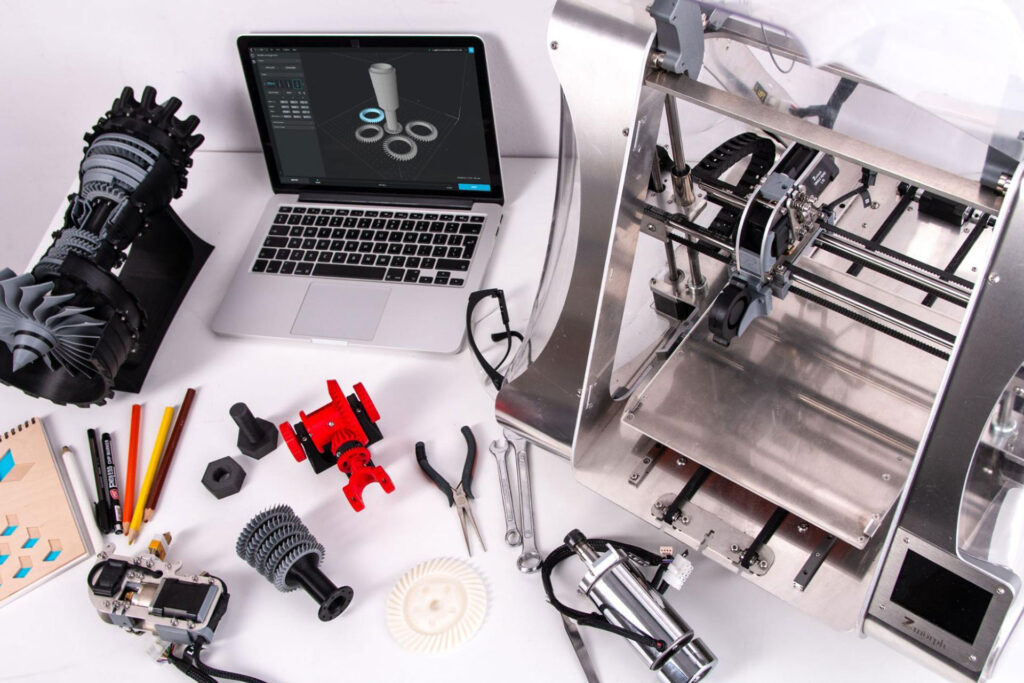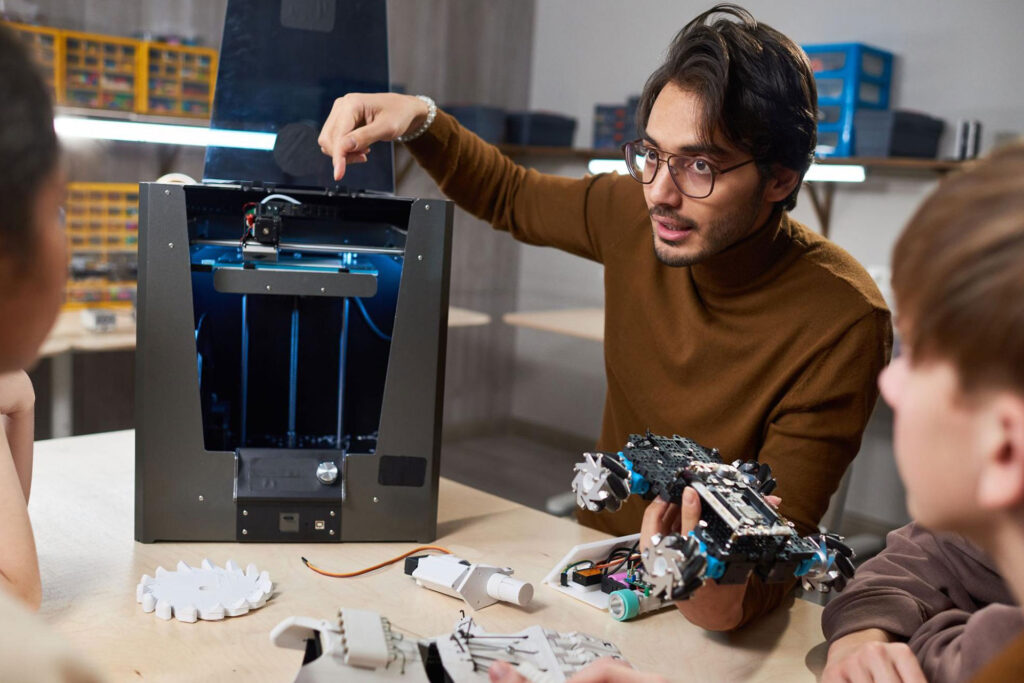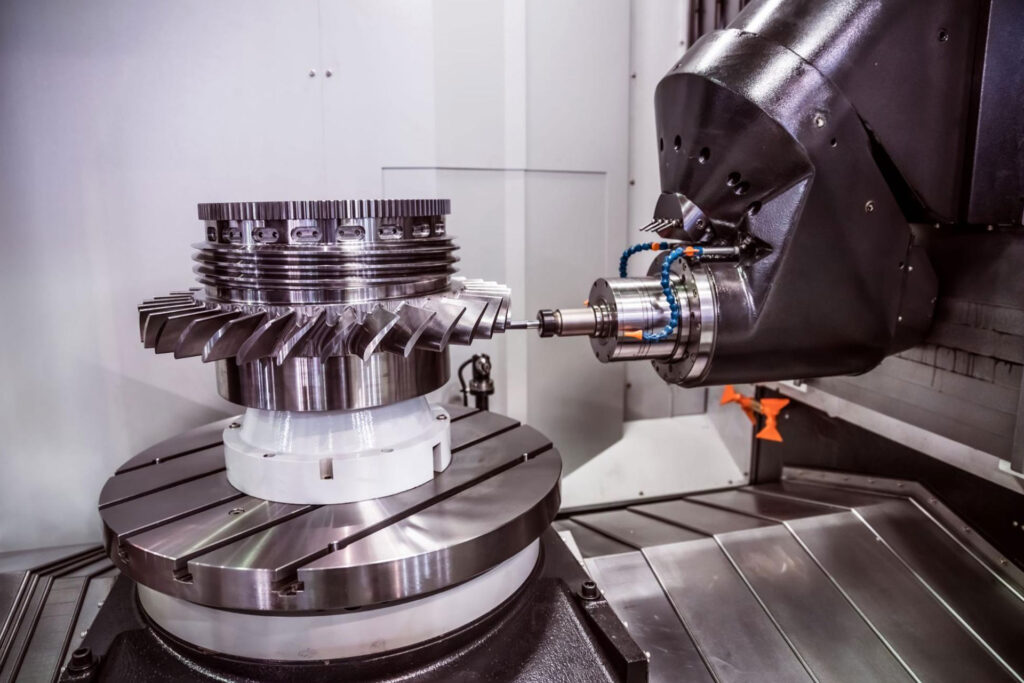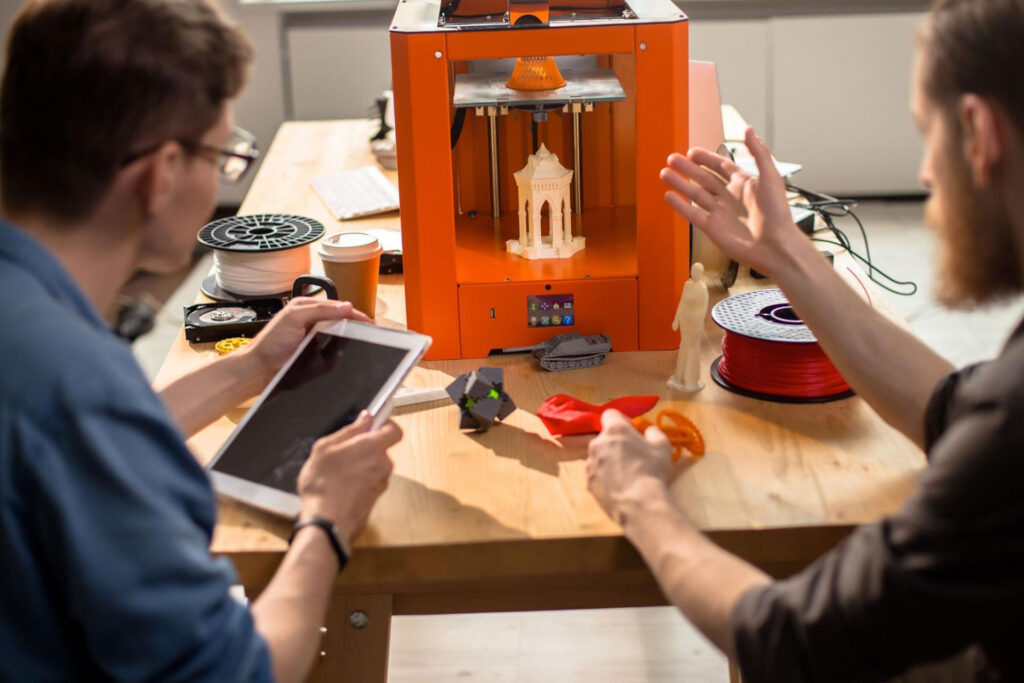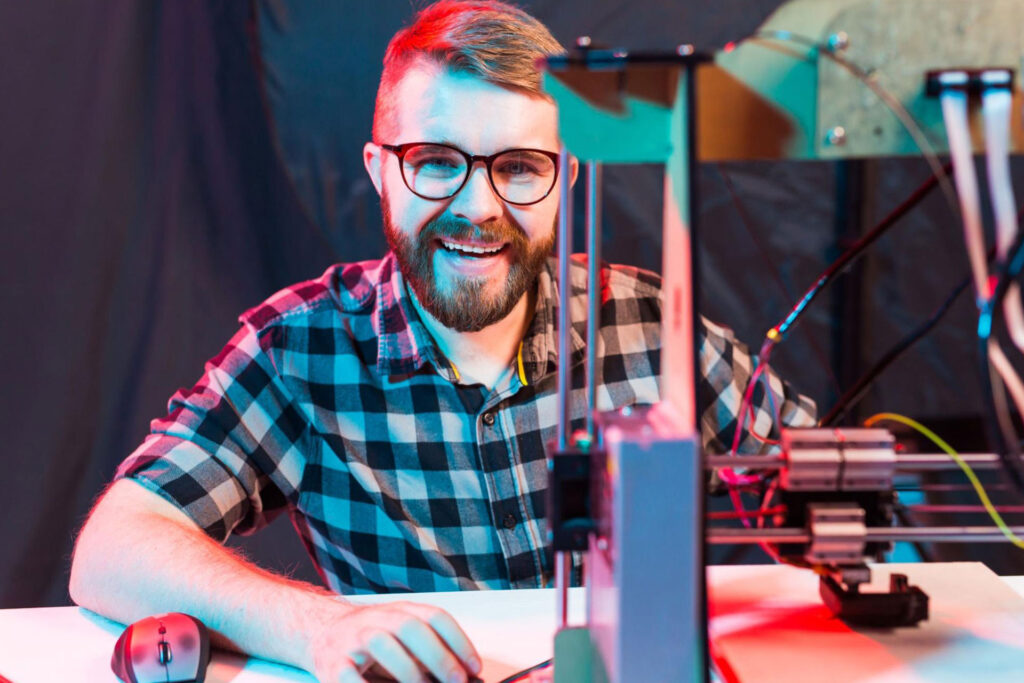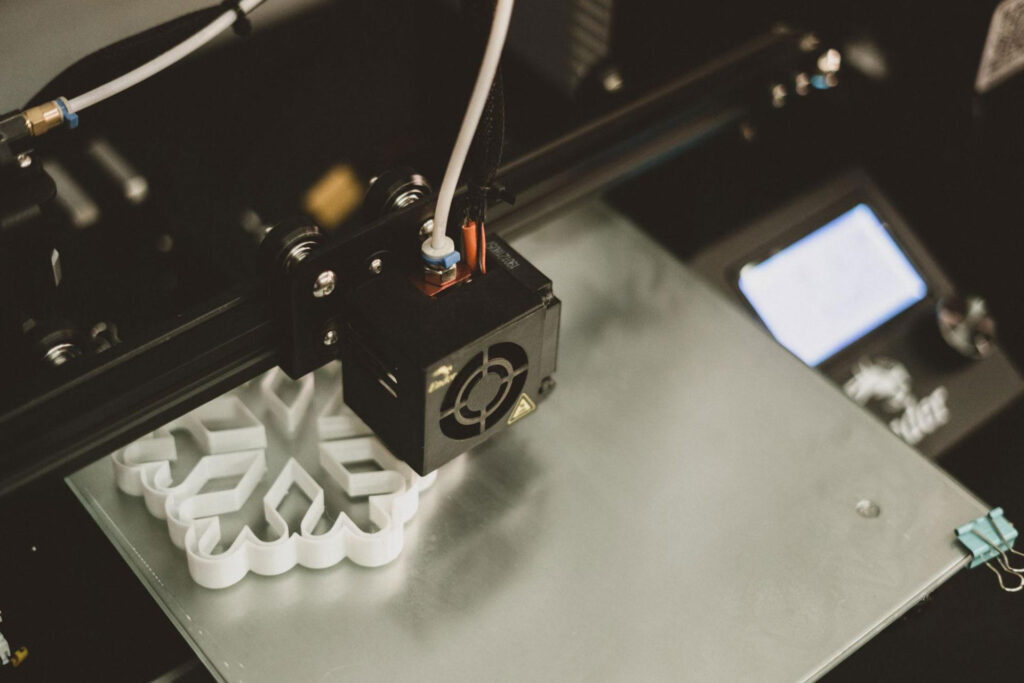3D Printing vs. 3D Scanning: Knowing Their Differences

3D printing and 3D scanning might appear to be similar technologies, with one involving creating a three-dimensional (3D) object from a computer and the other by capturing three-dimensional objects through sensors. However, there are important differences between them, and knowing these are helpful for anyone who wants to use these applications for business purposes.
You have probably heard both the terms thrown around countless times and you have a vague idea of how each process works, but do you know the difference between them? This article will help you understand the differences between these two technologies and what their best applications in real life are
3D Printing
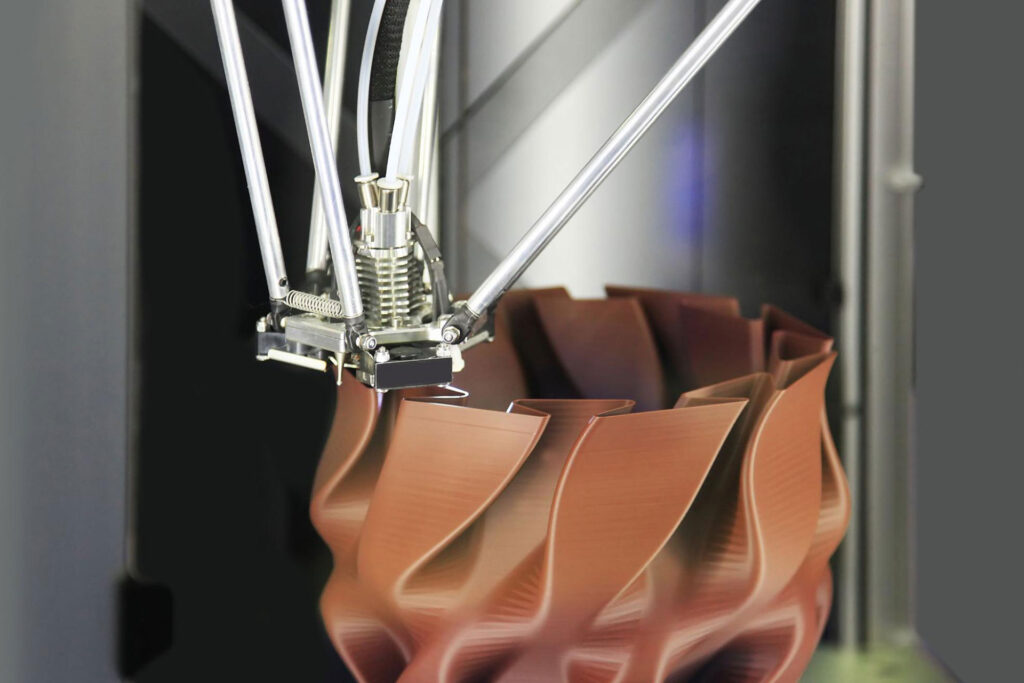
3D printing is a process that produces a real three-dimensional object from a digital model. This process is also known as additive technology because it creates objects by laying down successive layers of material until the digital model is literally “printed” in three dimensions. Before a manufacturing company can build a prototype or product, it must have a digital design of an object by using a computer. This digital design is then sent to the 3D printer where it creates a replica of the original object.
The process of Computer Aided Design (CAD) is used to design an object by the use of computer software. People mostly use this software for designing product prototypes. The CAD applications help the designer in creating a three-dimensional object model that has accurate measurements and proportions as well. CAD is an essential component of 3D printing. Without a CAD file, a 3D printer will have no idea what to build. The CAD file defines the prototype or product and tells the printer where to place each layer of material. It also provides information regarding the print’s size and details.
3D Scanning
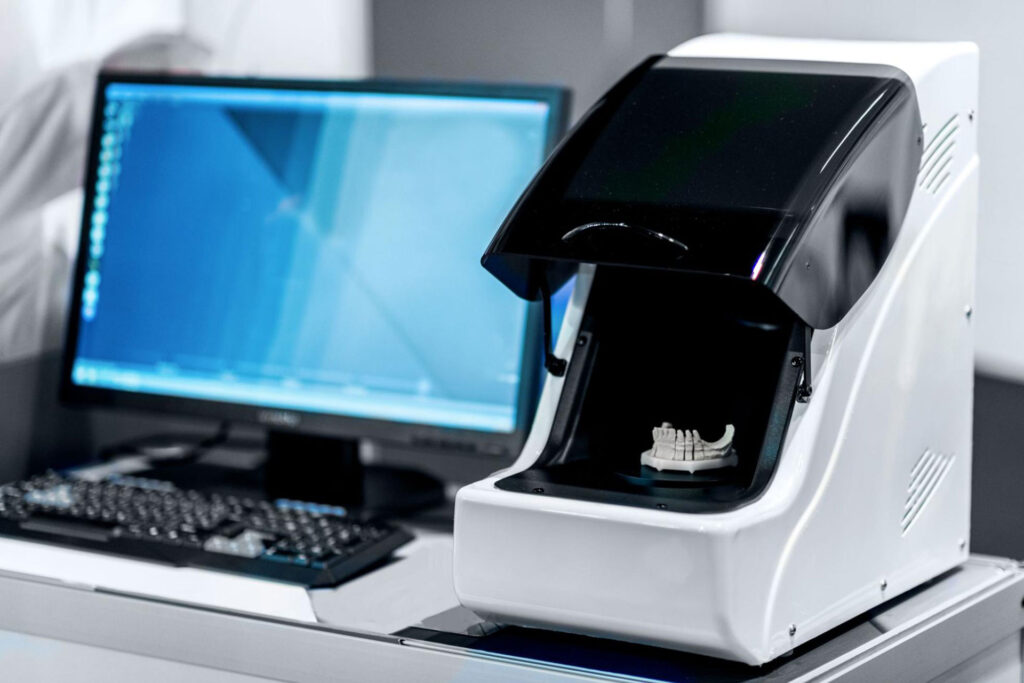
3D scanning, also known as 3D digitizing, is the process of taking something that exists in the real world and converting it into a virtual representation that acquires a full or partial scan of an object using industrial scanners. The data can be reconstructed to create digital models of objects. 3D scanners are also used in the medical field for radiology and orthopedics, motion capture for animation and video games, entertainment industry, archaeology, architecture, and construction industry. The use of these devices is not limited to commercial purposes, however. They can basically be found in any place where digital data needs to be created: at university labs, art classrooms, or even living rooms.
Now when it comes to 3D Scanners, there are two types which are; Contact and Non-contact.
Contact 3D scanning is a common methodology used to capture the geometry of an object by physically contacting its surface. The scanner makes use of probes that are equipped on an arm. As the object is held in place, the probe maps the points on the surface of the object. These mapped points eventually make up the 3D model.
Non-contact 3D scanning, on the other hand, can be accomplished in different ways by using active scanners or passive scanners. Passive scanners collect ambient radiation that originates from another source and is reflected by the object’s surface. Active scanners also emit the radiation, typically light or a laser, and collect what is reflected by the object’s surface.
When designers use a combination of 3D scans and CAD modeling software, they generate accurate 3D digital models. This is true because the textured surface of the physical part is preserved, the dimensions of scanned data are exact, and any errors or inconsistencies in the scan data are kept intact, resulting in a high-quality STL file. STL is a file format native to the stereolithography CAD software created by 3D Systems. STL has several backronyms such as “Standard Triangle Language” and “Standard Tessellation Language.” The STL file format is widely used for rapid prototyping and computer-aided design (CAD).
As you can see, the two technologies have complementary purposes; one converts real objects into virtual models, and the other produces real models from virtual ones.
There are both similarities and differences between 3D printing and 3D scanning. The most distinct difference is that 3D printing involves the creation of a product in the physical world, while 3D scanning means capturing real-world objects in three dimensions, which is considered by some to be more accurately described as digitization. There are other differences as well, but in the end they both have their own unique qualities that make one better suited for a given task than the other.
Looking for 3D Scanners in the Philippines? Contact us today to know more about our products!


